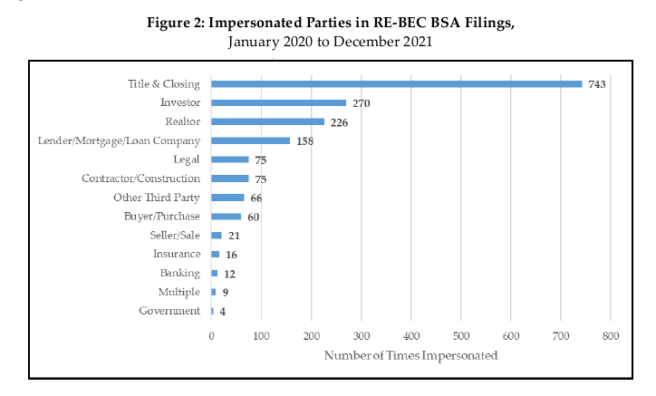 Five U.S. regulatory agencies—the Board of Governors of the Federal Reserve System (“FRB”), the Federal Deposit Insurance Corporation (“FDIC”), the National Credit Union Administration (“NCUA”), the Office of the Comptroller of the Currency (“OCC”), and the U.S. Department of Treasury’s Financial Crimes Enforcement Network (“FinCEN”)—released on October 3, 2018 an Interagency Statement on Sharing Bank Secrecy Act Resources (the “Statement”). This guidance addresses instances in which certain banks and credit unions can enter into “collaborative arrangements” to share resources to manage their Bank Secrecy Act (“BSA”) and anti-money laundering (“AML”) obligations more efficiently and more effectively.
Five U.S. regulatory agencies—the Board of Governors of the Federal Reserve System (“FRB”), the Federal Deposit Insurance Corporation (“FDIC”), the National Credit Union Administration (“NCUA”), the Office of the Comptroller of the Currency (“OCC”), and the U.S. Department of Treasury’s Financial Crimes Enforcement Network (“FinCEN”)—released on October 3, 2018 an Interagency Statement on Sharing Bank Secrecy Act Resources (the “Statement”). This guidance addresses instances in which certain banks and credit unions can enter into “collaborative arrangements” to share resources to manage their Bank Secrecy Act (“BSA”) and anti-money laundering (“AML”) obligations more efficiently and more effectively.
The Statement contemplates banks sharing resources such as internal controls, independent testing, and AML/BSA training (it does not apply to collaborative arrangements formed for information sharing among financial institutions under Section 314(b) of the U.S. Patriot Act). Such resource sharing contemplates reducing costs and increasing efficiencies in the ways banks manage their BSA and AML obligations. The Statement clearly is addressed primarily to community banks, for which the costs of AML/BSA compliance can be significant, and which presumably engage in “less complex operations [and have] lower risk profiles for money laundering or terrorist financing.” The Statement potentially represents another step in an ongoing AML reform process, which increasingly acknowledges the costs of AML compliance to industry. Continue Reading Federal Banking Agencies Encourage BSA Resource Sharing
 The FinCEN Exchange represents a direct response to financial industry requests for more guidance and information from government to help identify and report suspicious activity. Although it is a positive step towards improving the system for reporting suspicious activity, the FinCEN Exchange presumably will create expectations by the government that problems identified by the Exchange will be captured by suspicious activity reporting going forward. Hopefully, the converse also will occur, and expectations regarding the reporting of activity identified as low priority will be lowered, so that industry truly may focus its current resources and not be compelled to expend even more resources on AML compliance.
The FinCEN Exchange represents a direct response to financial industry requests for more guidance and information from government to help identify and report suspicious activity. Although it is a positive step towards improving the system for reporting suspicious activity, the FinCEN Exchange presumably will create expectations by the government that problems identified by the Exchange will be captured by suspicious activity reporting going forward. Hopefully, the converse also will occur, and expectations regarding the reporting of activity identified as low priority will be lowered, so that industry truly may focus its current resources and not be compelled to expend even more resources on AML compliance. 
 U.S. House Passes Corporate Transparency Act; FATF Issues Guidance on Identifying Entities’ Beneficial Owners
U.S. House Passes Corporate Transparency Act; FATF Issues Guidance on Identifying Entities’ Beneficial Owners
 Director Blanco Emphasizes BSA Resource Sharing, Technological Innovation, and Collaboration Between Public and Private Sectors
Director Blanco Emphasizes BSA Resource Sharing, Technological Innovation, and Collaboration Between Public and Private Sectors



